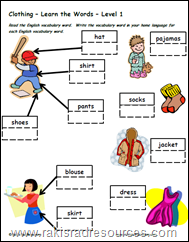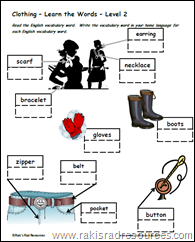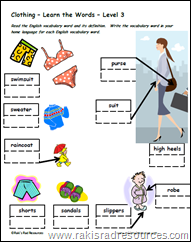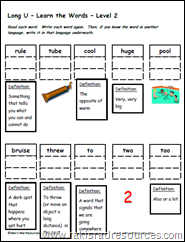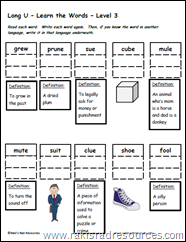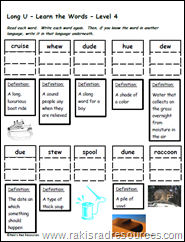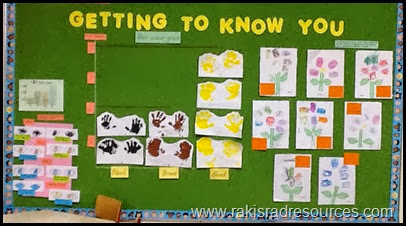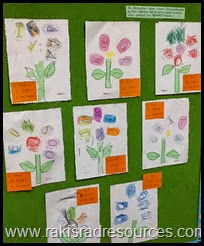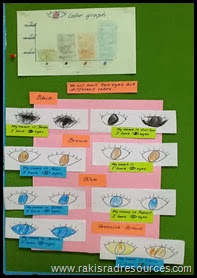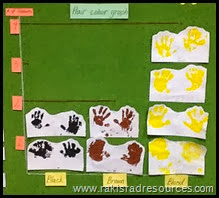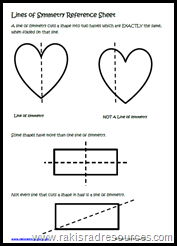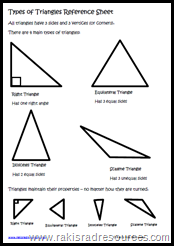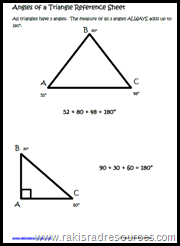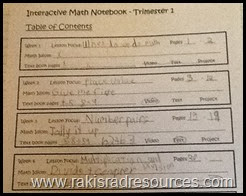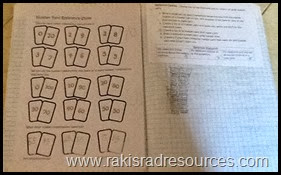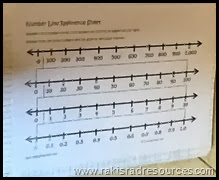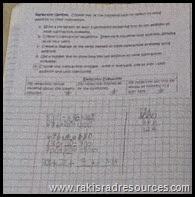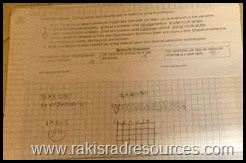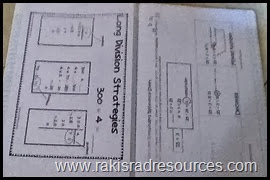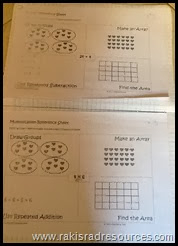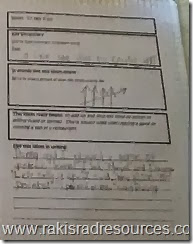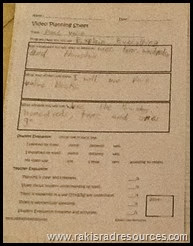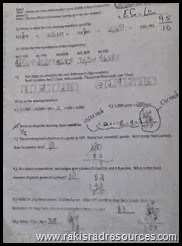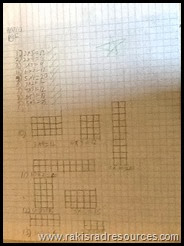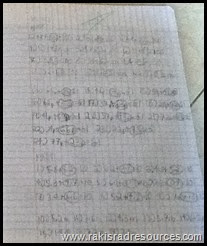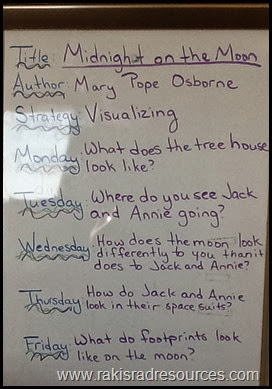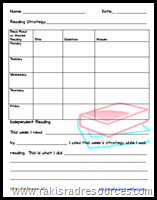Between my partner teacher and I, we have 15 students. Yes, we are truly the luckiest teachers in the world. However, am ongst our 15 students, we have 4 grade levels and about 7 different reading levels. This means that we are almost creating individualized plans for our students, especially in our literacy block. Our literacy block includes: guided reading or novel study, Arabic class, French class, nursery rhyme work, vocabulary, reader’s response, reading for useful information (our research projects), and listening. We use a weekly reading sheet to help our students know what they are supposed to be doing when they are not with a teacher (English, Arabic or French). Feel free to download this sheet from Google Docs if you would like to use it with your class.
ongst our 15 students, we have 4 grade levels and about 7 different reading levels. This means that we are almost creating individualized plans for our students, especially in our literacy block. Our literacy block includes: guided reading or novel study, Arabic class, French class, nursery rhyme work, vocabulary, reader’s response, reading for useful information (our research projects), and listening. We use a weekly reading sheet to help our students know what they are supposed to be doing when they are not with a teacher (English, Arabic or French). Feel free to download this sheet from Google Docs if you would like to use it with your class.
For vocabulary, we are using a combination of my ESL Vocabulary packets and my Word Work Spelling & Vocabulary packets. Both types of my vocabulary packets have 4 different levels, which gives us the opportunity to individualize our lesson easily for our students. Those of our students who have less than 3 years of English work on the ESL packets, which focus on key vocabulary that is often not taught in school. This week, we are working on clothing. We have two students working on Level 1, one student working on Level 2 and three students working on Level 3.
The students who speak English at home, or who have more than 3 years of English background are working on Word Work Packets. These packets focus in on the most common spelling patterns, while still building vocabulary. This week, we are working on words with the Long U sound. We have three students working on Level 2, two students working on Level 3 and four students working on Level 4.
All of the differentiation means about 5 extra minutes of printing time, and a world of difference for our students. Everyone has exactly the right amount of challenge for their level. How do you differentiate during your literacy block?

